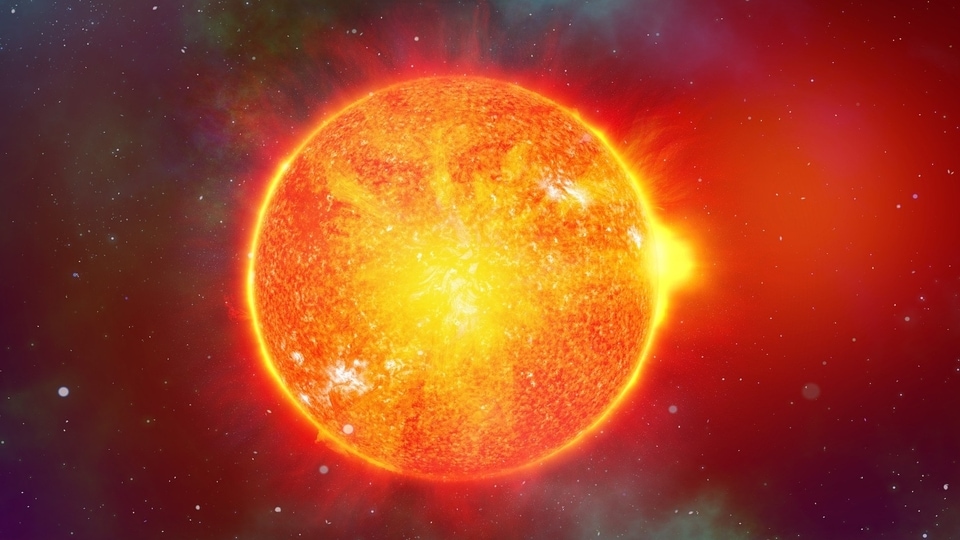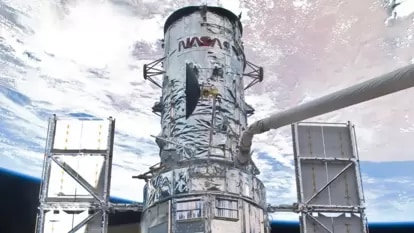HUGE sunspot emerges on the Sun, warns NASA; Will it pose a solar storm threat?
A massive sunspot has been spotted on the Sun, reveals NASA. There is a risk that it can explode and send a powerful solar storm towards the Earth.






 View all Images
View all ImagesAll throughout the month of November, the Earth had to endure the ordeals of a large number of solar storms. Luckily, these disturbances from the Sun were not too powerful and did not cause much damage. However, that might soon change. The NASA Solar Dynamics Observatory (SDO), a satellite which has been tasked with observing the Sun, has observed a frightening development. A big sunspot has emerged on the Sun which can explode and cause a powerful solar storm on Earth. If such a large sunspot exploded, the resultant solar storm can have catastrophic consequences. Read on to know whether we should be worried or not.
The recent development was reported by SpaceWeather.com which stated, “A new sunspot is emerging over the sun's southeastern limb, and it appears to be a big one. NASA's Solar Dynamics Observatory is monitoring multiple dark cores as they creep over the horizon”.
Solar storm scare as sunspot emerges on the Sun
The last sunspot to emerge on the Sun was AR3141 which was considered to be unstable but it never exploded while it was facing the Earth. This sunspot is larger than that and is capable of throwing huge bursts of coronal mass ejection (CME) towards the Earth. Even if it is not as intense as the Carrington event, it can still cause a G5-class solar storm which will not only damage satellites and disrupt wireless communications such as internet services, mobile network and GPS, it can also cause power grid failures and even disrupt electronics such as heart pacemakers on Earth.
However, there is no need to panic as we do not know whether an explosion can or cannot happen. The SpaceWeather.com report stated, “It is premature to evaluate the flare potential of this severely foreshortened sunspot group”. While we do not have a technology that can predict the explosion of sunspots, scientists do know the warning signs before they blast off, and so far none have been seen for this sunspot.
How NASA SDO collects its data
The NASA SDO carries a full suite of instruments to observe the Sun and has been doing so since 2010. It uses three very crucial instruments to collect data from various solar activities. They include Helioseismic and Magnetic Imager (HMI) which takes high-resolution measurements of the longitudinal and vector magnetic field over the entire visible solar disk, Extreme Ultraviolet Variability Experiment (EVE) which measures the Sun's extreme ultraviolet irradiance and Atmospheric Imaging Assembly (AIA) which provides continuous full-disk observations of the solar chromosphere and corona in seven extreme ultraviolet (EUV) channels.
Catch all the Latest Tech News, Mobile News, Laptop News, Gaming news, Wearables News , How To News, also keep up with us on Whatsapp channel,Twitter, Facebook, Google News, and Instagram. For our latest videos, subscribe to our YouTube channel.
































